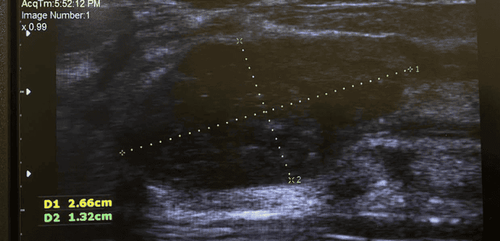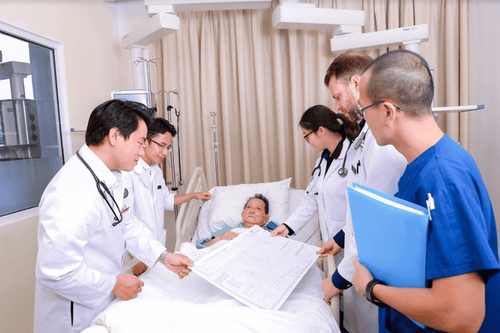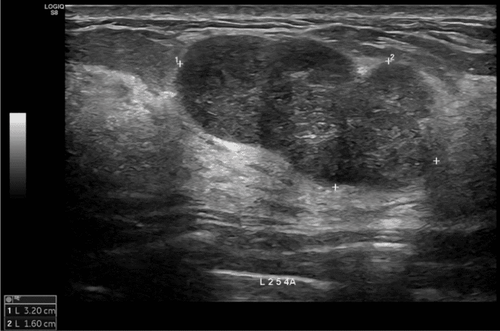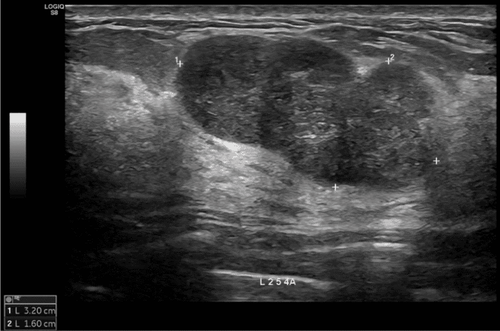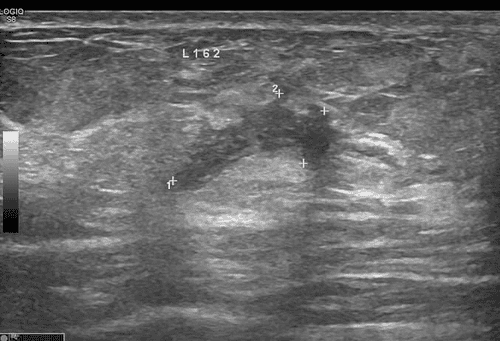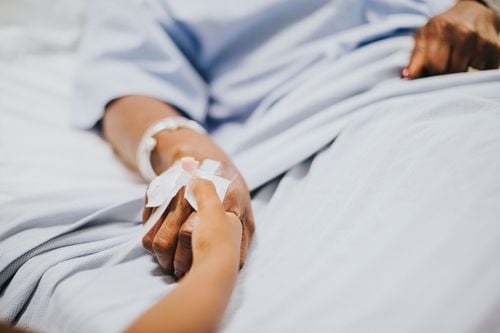On the way home, due to the bad weather at night, Mr. Tai lost control of his vehicle and had a motorbike accident, which resulted in serious injuries. Mr. Tai was taken to the hospital with the following conditions: obvious anemia, pale skin, fatigue, rapid pulse, rapidly dropping blood pressure to 130/74 mmHg, broken left little finger, and blood loss due to a ruptured liver. About 15 minutes after admission, the blood pressure dropped rapidly to about 70/40 mmHg, and signs of anemia gradually increased, with increased pain in the right clavicle and right chest when moving.
Immediately, Dr. Phan Phi Tuan, Head of the Department of General Surgery, Vinmec Phu Quoc, assessed the condition and performed a full-body CT scan because Mr. Tai had the following findings: deep laceration of the posterior segment and subsegment VIII of the right liver, fracture of the right clavicle, and fracture of the posterior arch of the right rib.
As soon as the results of the full-body CT scan were available, a deep laceration was detected in the parenchyma of the posterior and lower lobes of the right liver; Doctor Phi Tuan Truong diagnosed Mr. Tai with hemorrhagic shock due to liver rupture, multiple trauma and needed to perform laparotomy to stop the bleeding from liver injury immediately that night, otherwise it would affect his life.
During the surgery, Doctor Tuan determined that the bleeding was from a rupture about 3cm long, very deep, and flowing with very strong pressure, so emergency suturing with an X-shaped stitch was required to stop the bleeding immediately, reducing the lack of blood supply at the corners of the wound.
Furthermore, due to severe blood loss, Dr. Tuan had to immediately transfuse two units of blood so that the patient could recover quickly and not affect internal organ function.
For patients with liver rupture, many risks affect health and life such as the risk of blood loss, leading to a series of serious complications such as dysfunction of vital functions of the body, blood clotting disorders, multiple organ failure, and leading to death.
As soon as the operating room was arranged, the patient was taken up and anesthetized using endotracheal anesthesia, and surgery was performed on the abdomen in the midline above the navel; after a quick screening, the doctor determined that blood was flowing from a rupture about 3cm long, very deep and flowing with very strong pressure. Next, emergency liver suturing was performed with two X-shaped sutures. During the process of suturing the liver to stop the bleeding, the patient's blood pressure dropped, losing more than a liter of blood, and had to be transfused with two units of blood immediately during the surgery. When Dr. Tuan performed the suture tightening for the patient, he also encountered many difficulties because the liver parenchyma was loose and the risk of further liver tissue rupture was very high, if he did not have much experience, it would lead to many risks for the patient.
After ... hours of surgery, Anh Tai had a successful surgery. After 4 days in the hospital, Anh Tai recovered very well, eating and walking normally.
Dr. Phan Phi Tuan shared after the surgery: The liver is an important organ in the human body, especially the liver contains many blood vessels. If the liver is ruptured, it is easy to lose blood quickly, so it needs to be treated promptly to avoid leaving it too long, endangering the patient's life. In particular, to perform this surgery, the doctor and the surgical team need to have experience and adequate equipment to perform the surgery successfully"
Before being discharged from the hospital, Anh Tai and his wife sent their thanks to Dr. Tuan and the hospital team. Mr. Tai's wife shared, "When I heard that Mr. Tai had an accident, I was extremely worried, but after Dr. Tuan explained about the surgery, I felt much more secure. If he hadn't been treated here, he probably wouldn't have survived. The family is very grateful to the doctor, and also grateful to everyone here, everyone was very caring and asked questions enthusiastically."
